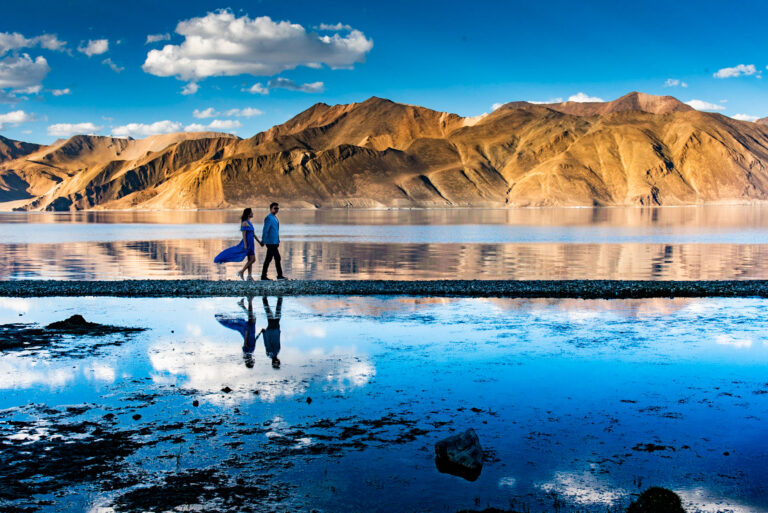Ladakh
India's Own Moonland

Ladakh, located in the northernmost region of India, is a high-altitude desert renowned for its breathtaking landscapes, serene monasteries, and unique cultural heritage. Formerly falling in the state of Jammu & Kashmir, Ladakh was administered a union territory on 31st October 2019. Extending from the Siachen Glacier to the main Great Himalayas, Ladakh is a land like no other. The region is a riot of intricate murals, fluttering prayer flags, and whitewashed stupas, with red-robed monks adding to its vibrant cultural tapestry. Dominated by dramatic landscapes, Ladakh is known as the world’s coldest desert.
Often referred to as the “Land of High Passes,” Ladakh attracts adventurers and nature enthusiasts with its stunning vistas of snow-capped peaks, rugged terrains, and crystal-clear lakes. Key attractions include the mesmerizing Pangong Lake, the tranquil Nubra Valley, and the ancient monasteries of Hemis, Thiksey, and Alchi. Ladakh’s historical significance is reflected in its ancient monasteries, which house priceless artifacts, murals, and scriptures. The Leh Palace, resembling the Potala Palace in Lhasa, offers panoramic views of the town and surrounding mountains.